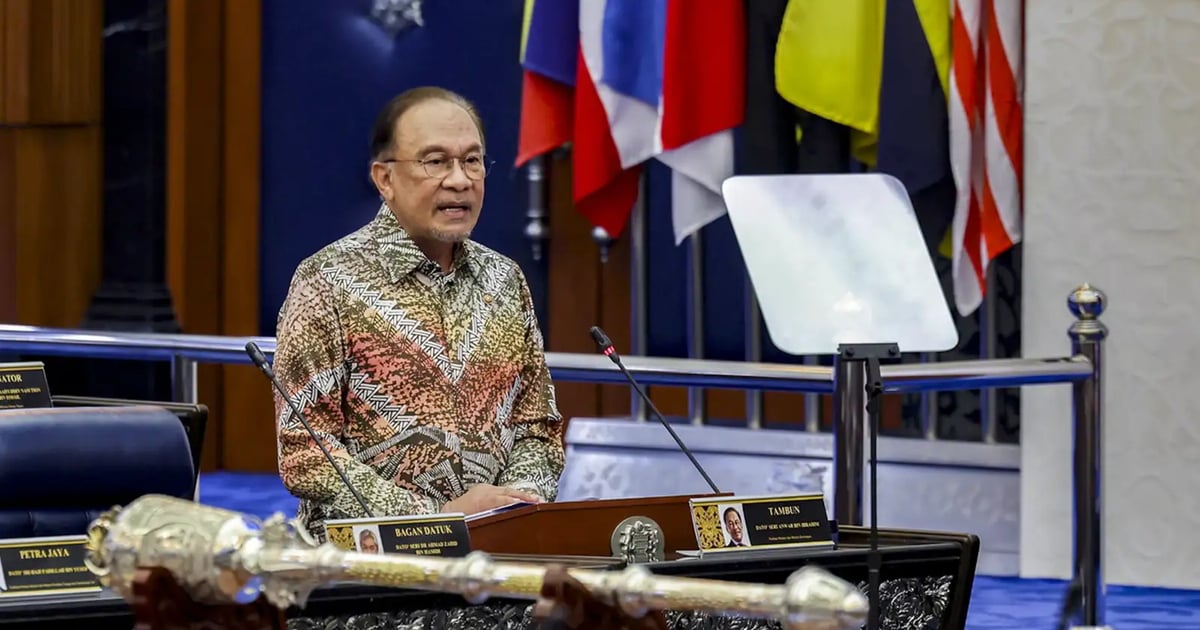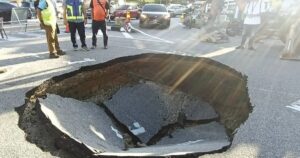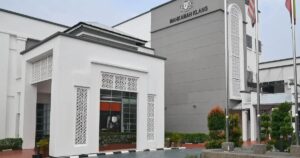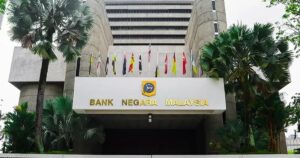
Following the release of the 13th Malaysia Plan (13MP), costing in excess of RM430 billion, we are compelled to ask if this top-down economic ritual is still relevant, or merely a bureaucratic relic pretending to serve the national interest?
In 1966, when the First Malaysia Plan was tabled, this Soviet-style, command-and-control planning model may have made sense.
Back then, Malaysia was largely agrarian. Export revenues were modest, and central planning filled a vacuum in private sector capacity.
The government was expected to build basic infrastructure, provide essential amenities, engineer industrialisation, and open up new sectors — because no one else could.
But this is 2025, not 1965.
Digital economy
Today’s economy is digital, decentralised, and shaped by global headwinds beyond Putrajaya‘s reach.
Yet we continue to believe that a group of civil servants, often disconnected from market realities, can forecast and dictate the next five years of our national economy, and that disruptions won’t happen.
It appears the 13MP authors can’t recognise that AI will displace jobs, energy economics will render fossil fuels irrelevant, or that global trade routes can shift overnight.
This is not just outdated thinking. It is dangerous.
The 11MP, for instance, had proposed the Kulim International Airport (KXP) as a northern aviation base.
KXP had the potential to create a centralised logistics hub, displace the poorly located Penang International Airport, and unlock new value in the under-developed northern central corridor of Perak, Seberang Perai, Kedah and Perlis.
It could have redirected federal investment away from the costly three-island reclamation scheme into a booming industrial park centred in Kulim — a growth centre the northern region actually needs.
Winner takes all
Once freed from airport operations, Bayan Lepas land could have been repurposed into high-value real estate, without Penang Island having to spend billions reclaiming artificial land from the sea.
But that did not happen. The KXP project became mired in political turf wars, opaque interests, and patronage games. It never took off.
In Malaysia’s winner-takes-all policymaking, billions are now being spent on Penang’s land reclamation, airport expansion, an over-glorified Penang LRT with doubtful ridership, and pan-island expressways that serve elite developers more than the rakyat.
The result? Over RM50 billion committed to mega projects that was never assessed objectively or justified by any rigorous transport demand study.
No cost-benefit analysis. No economic sense. Just legacy politics and contracts to be handed out.
This is precisely why five-year plans have lost their credibility.
Too often, they’ve been hijacked by vested interests and reduced to glossy policy documents stuffed with buzzwords — while real, measurable impact is nowhere to be found.
Political theatre
The modern economy doesn’t wait five years. The AI, electric vehicle, hydrogen energy, and quantum computing sectors are evolving every quarter.
Even small businesses now operate on agile models, revolving continuously around market signals rather than fixed timelines.
Yet here we are, clinging to a static planning tool, more useful for political theatre than economic direction.
And what about Sabah and Kelantan? What do they get?
These two poorest states in the country still lack clean water supply and decent road infrastructure.
Except for a small water treatment plant in Machang, Kelantan, the 13MP makes no attempt to provide clean water across all 1.2 million households in Kelantan.
Why are they still waiting for basic services while others enjoy LRT trains they don’t need and expanded airports they barely use?
Where is the national equity in all of this?
Where is the plan to reduce electricity tariffs by leveraging locally generated renewable energy, instead of sustaining costly and outdated fossil-fuel infrastructure?
Why do many households in Sabah — an oil and gas producing state — still lack clean water and round-the-clock electricity supply?
A better way forward
If Putrajaya is serious, Malaysia needs to abandon ceremonial planning and adopt a rolling economic model: quarterly recalibrations, real-time data monitoring, adaptive fiscal allocations, and public scorecards showing what was promised versus delivered.
Even Rafizi Ramli has expressed concern that the 13MP is overloaded with mega projects and is thin on policy reforms.
In truth, we persist with five-year plans not because they work, but because they are a tradition or a ritual. Or more aptly, a political placeholder.
The real question isn’t whether we can afford a five-year plan.
It’s whether we can afford another RM430 billion of debt.
As opposition leader Hamzah Zainudin rightly asked in Parliament on Monday:
“Where is the money going to come from? Do we borrow more? Tax more? Print more?”
Or will we simply leave the next administration to clean up the fiscal mess once this one is done parading its plan?
Perhaps that’s Hamzah’s real concern.
If the baton passes to him after GE16, he inherits the debt, not the headlines.
The author can be reached at: [email protected]
The views expressed are those of the writer and do not necessarily reflect those of FMT.






